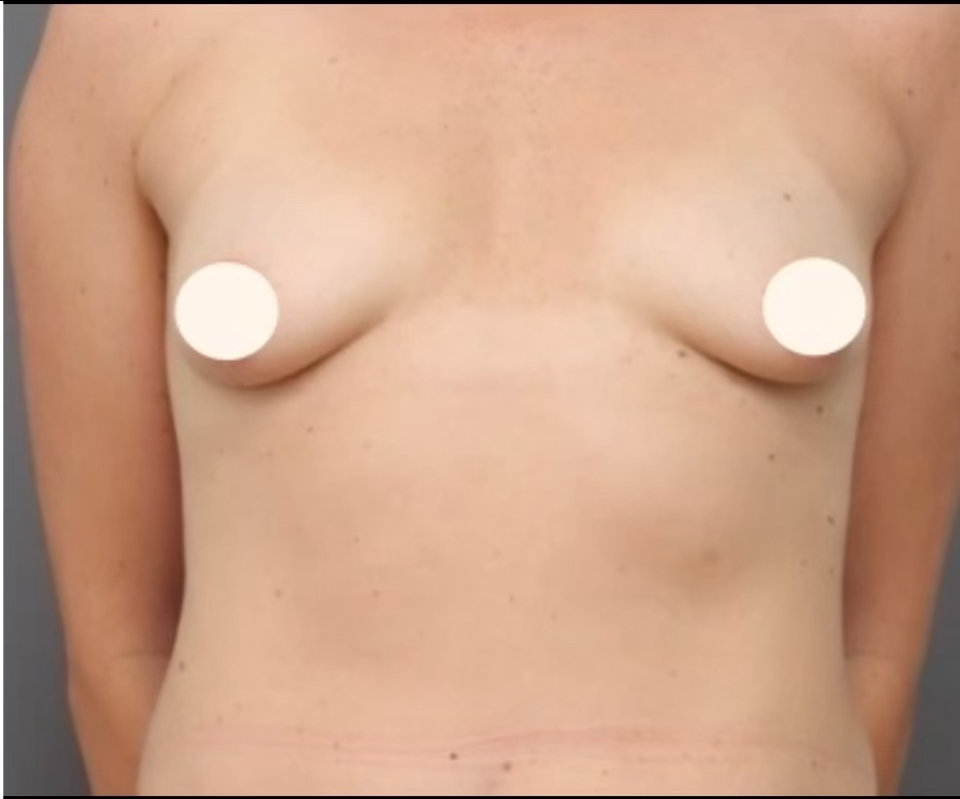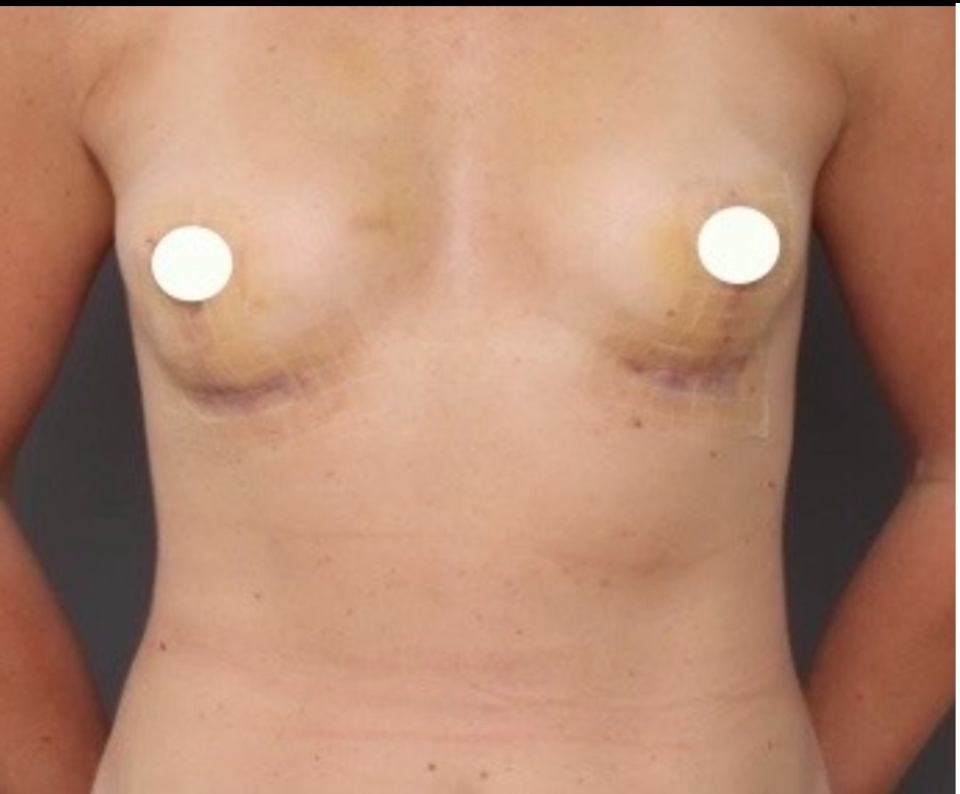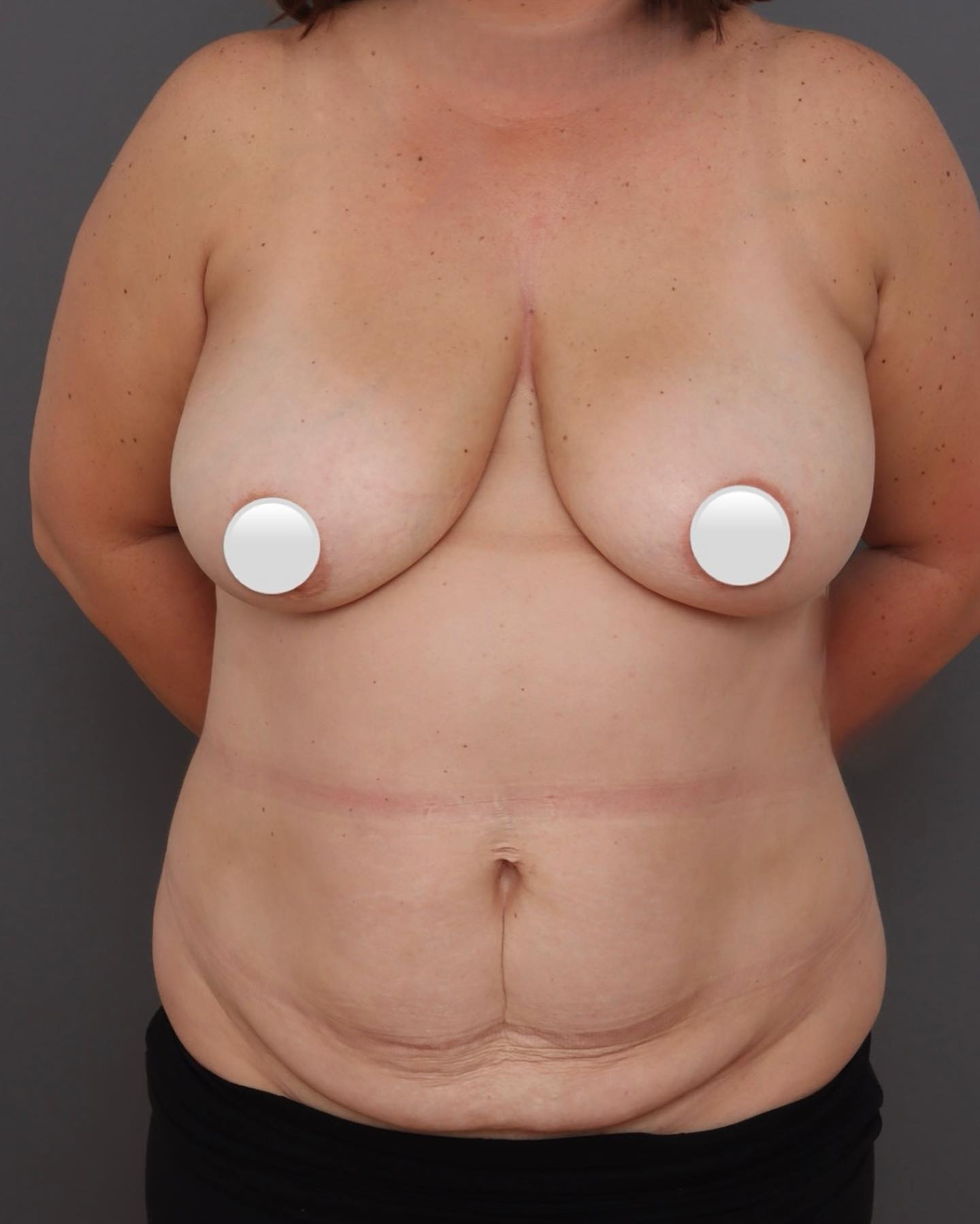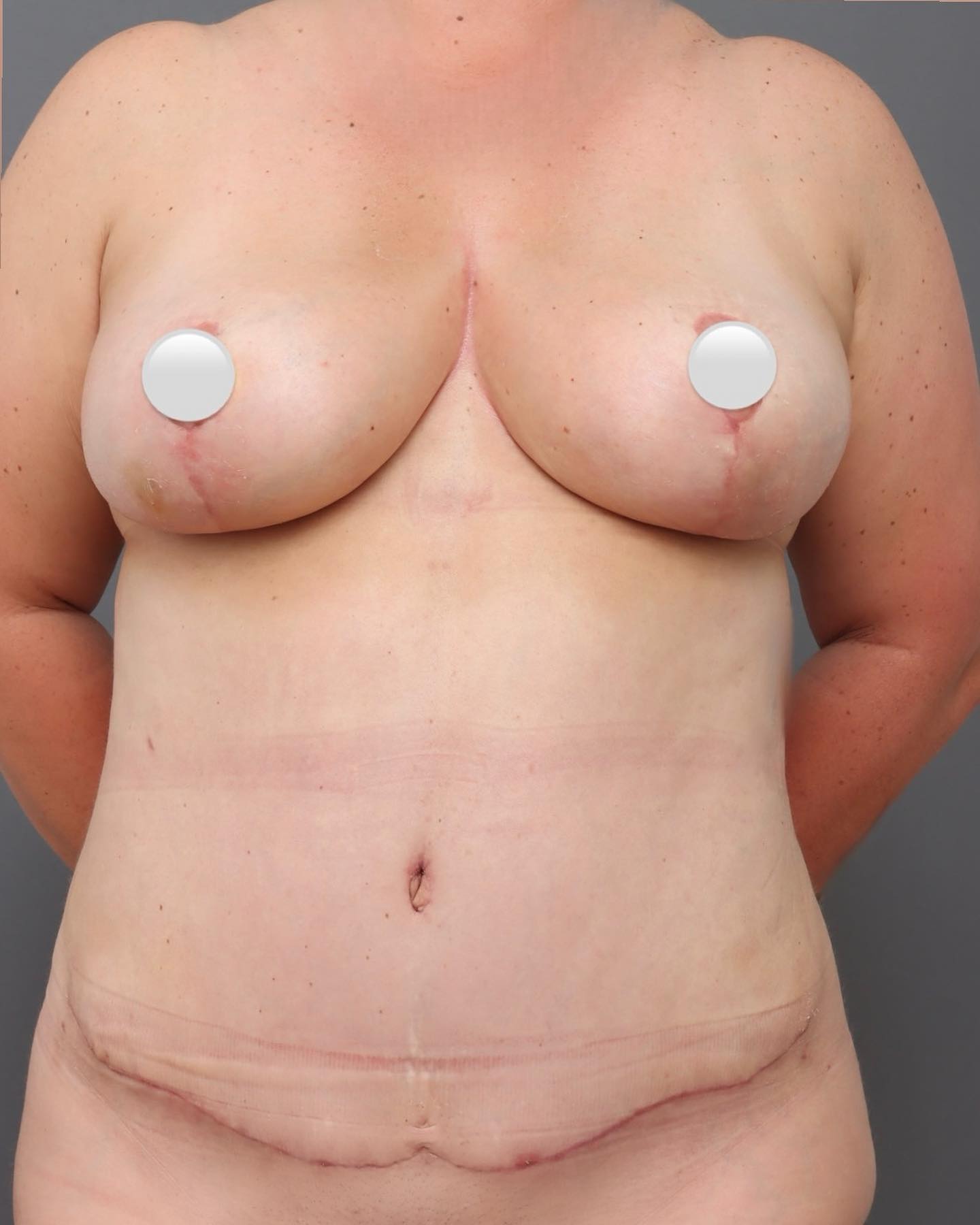Mastopexy
A mastopexy, is a surgical procedure intended to raise the breasts. This is achieved by removing skin to reshape and support the breast. The surgery may also include repositioning the nipple and areola.
Mastopexy Goals
Mastopexy surgery aims to reduce asymmetry and raise the breast higher on the chest. Raising the breast on the chest can sometimes result in a slightly smaller cup size as tissue is redistributed.
Potential Benefits of Mastopexy Surgery
- Changed Breast Shape and Position: Symmetry and higher breast placement on the chest.
- Nipple Repositioning
- Versatility: Can be performed alone or combined with breast augmentation or reduction depending on individual goals.
Ideal Candidates for Mastopexy Surgery
Ideal candidates are generally in good health, non-smokers, and have realistic expectations.
What to Expect During the Procedure
Mastopexy surgery usually takes 2 to 3 hours under general anaesthesia. The surgeon will determine the best incision type based on breast anatomy, the amount of excess skin, and patient preferences.
Potential Risks – Mastopexy
As with any surgical procedure, mastopexy carries risks. These include general surgical risks as well as those specific to mastopexy surgery:
- Infection at the incision sites, which may require antibiotics or further treatment
- Bleeding or haematoma (collection of blood under the skin)
- Changes in breast shape, size, or symmetry following surgery
- Scarring, which varies depending on incision technique, healing, and individual factors
- Altered sensation in the breast or nipple area, which may be temporary or permanent
- Skin or nipple necrosis (rare), where tissue does not receive enough blood supply
- Asymmetry or unevenness in breast appearance after healing
- Persistent pain or discomfort beyond the normal recovery period
- Seroma formation (fluid accumulation), which may require drainage
- Anaesthesia-related risks, including allergic reaction or respiratory complications
Recovery and Aftercare – Mastopexy
- Swelling, bruising, and mild to moderate discomfort are common and typically improve over several weeks
- Pain relief may be prescribed or managed with over-the-counter medications, as directed by your surgeon
- Dressings and wound care instructions must be followed carefully to promote healing and reduce infection risk
- Supportive bras or garments are usually recommended for several weeks to support the breasts and minimise swelling
- Strenuous activity, heavy lifting, and upper body exercise should be avoided for approximately 4–6 weeks, or as advised by your surgeon
- Driving should only be resumed once you are off prescription pain medication and feel physically able to do so safely
- Incision scars will fade over time but may remain visible; your surgeon may suggest scar management strategies
- Follow-up appointments are important to assess healing progress, manage any complications, and discuss ongoing care
- Smoking and alcohol should be avoided during recovery, as they can negatively impact healing
- Final results may take several months to fully develop as swelling subsides and tissues settle
For more information on Mastopexy, you can visit the Australian Society of Plastic Surgery
Before and After Photos
Real patient results from our expert procedures
FAQs
How long will I stay in the hospital?
The surgery is performed as day surgery or overnight stay.
Do I need to wear a post-operative garment?
You'll be provided with a soft crop top to wear for comfort. It should be worn full time for 6 weeks and part-time for 6 weeks.
What about the sutures?
Your wound is closed with dissolvable sutures. An internal bra technique is used to anchor tissues, and overlying sutures are also dissolvable.
What about scar management?
Post-operatively, wounds will be dressed with Comfeel, changed to brown Micropore tape after two weeks. Apply tape for at least 2 weeks then start using scar gel. Protect scars from sun exposure for 6 months using tape or sunscreen.
When can I shower?
You can shower 2 days post-operatively.
When can I drive? When can I exercise?
Don't drive for 24 hours after general anaesthetic. You can drive once comfortable, generally after one week. Gentle walking is encouraged from 2 weeks. Leg exercises can start after four weeks, and upper arm/chest exercises after 6 weeks.
When can I go back to work?
Depending on your work's physical demands, take 1-2 weeks off before returning to work.





